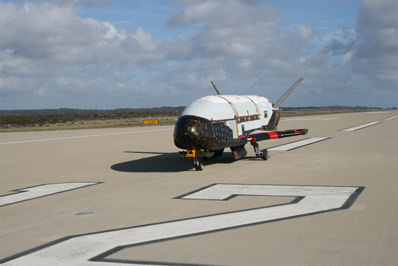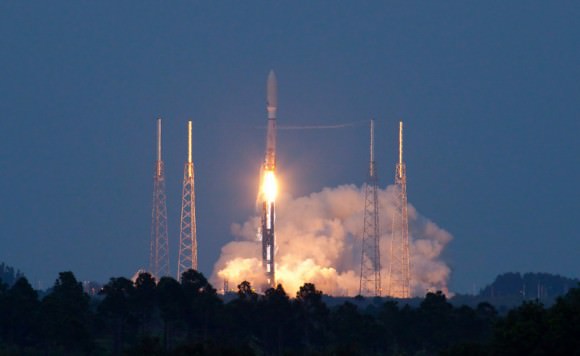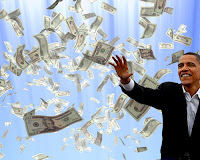How the papers got the leaks
The back story on how The New York Times, The Guardian and Der Spiegel got an advance look at the massive trove of secret Afghanistan war documents leaked by WikiLeaks.
It all comes down to the efforts of Nick Davies, a senior contributor to The Guardian, who knew WikiLeaks was planning another big Afghanistan dump from the coverage of the arrest of Pf. Bradley Manning, the army intelligence analyst charged with leaking documents to the organization.
Davies contacted people close to WikiLeaks founder Julian Assange and found out he was scheduled to speak before European parliament on June 21. Davies met with Assange and said he would offer a team of researchers to identify stories in the documents.
It all comes down to the efforts of Nick Davies, a senior contributor to The Guardian, who knew WikiLeaks was planning another big Afghanistan dump from the coverage of the arrest of Pf. Bradley Manning, the army intelligence analyst charged with leaking documents to the organization.
Davies contacted people close to WikiLeaks founder Julian Assange and found out he was scheduled to speak before European parliament on June 21. Davies met with Assange and said he would offer a team of researchers to identify stories in the documents.
On June 22, during a six-hour coffee-soaked meeting in a Brussels café, Davies says Assange suggested another idea — that The Guardian and The New York Times be given an advance look at some information the site had on the Afghanistan war, with each paper publishing its own take on the documents. Within the next 24 rs, Davies says Assange told him Der Spiegel should be included as well.
Davies thought it unwise from a security standpoint to share Assange's offer via the phone. Early Wednesday morning, Davies says he trained back to England to notify Alan Rusbridger, The Guardian's editor in chief, who, in turn, called Bill Keller and, later, Mathias Müller Von Blumencron, top editors at The New York Times and Der Spiegel, respectivly.
The papers set up a bunker in The Guardian's offices in London. Assange came,too, and submitted to interviews for the stories. The three papers coordinated their research to maximize the few weeks they had to work on the stories.
"You get to the point where all three organizations have the same material under that heading, and each of us goes off separately to write our copy," says The Guardian's Davies. "I thought that collaboration was really rather heartwarming, and unusual."http://www.politico.com/blogs/onmedia/0710/How_the_papers_got_the_leaks.html?showall
I think it's really weird how somthing as stupid as a Photoshopped picture of Michelle Obama as a monkey, can be completely wiped from the net (see below) as if it never existed, but the US government could not capture or stop Assange/Wikileaks even though they knew were Assange's next public speaking engagement was.
Michelle Obama 'racist' picture that is topping Google Images removed
http://www.guardian.co.uk/technology/2009/nov/25/michelle-obama-google-images-removed
The image, which has been appearing at the top of search results when the words "Michelle Obama" are put into Google Images, was posted on a blog called Hot Girls, which is hosted by the Google-owned blog service, Blogger.
Google handles nearly two thirds of all internet searches in the US and uses a complex algorithm to decide which web pages should come up first when a user makes a search. Before the Michelle Obama picture reappeared prominently, an internet search expert had suggested that Google had "tweaked" its algorithm after finding a bug in the system.
Try and find it now.....it is still on the net somewhere..it has to be, but it's now blocked by Google's search algorithhm There is no way in hell you could give months of warning about a "leak" and it still be able to get online...
"genuine online leaks" can only effect change because they are sudden, unseen, and therefore unstoppable.






































